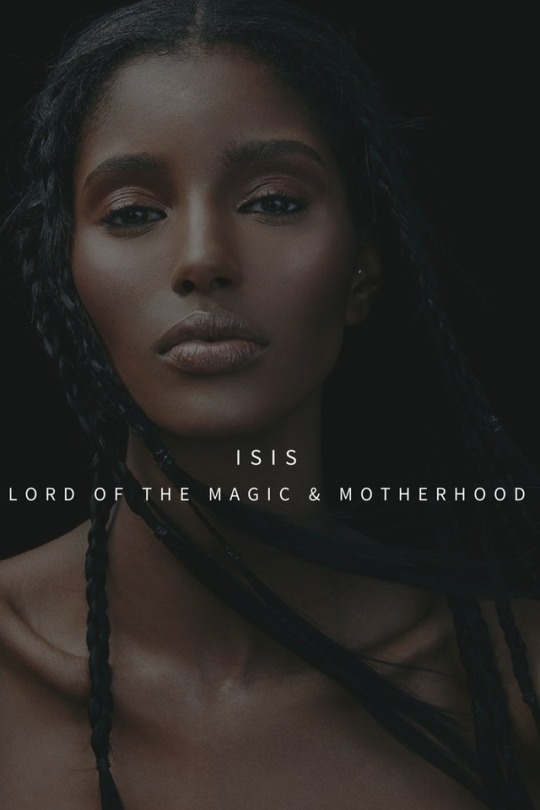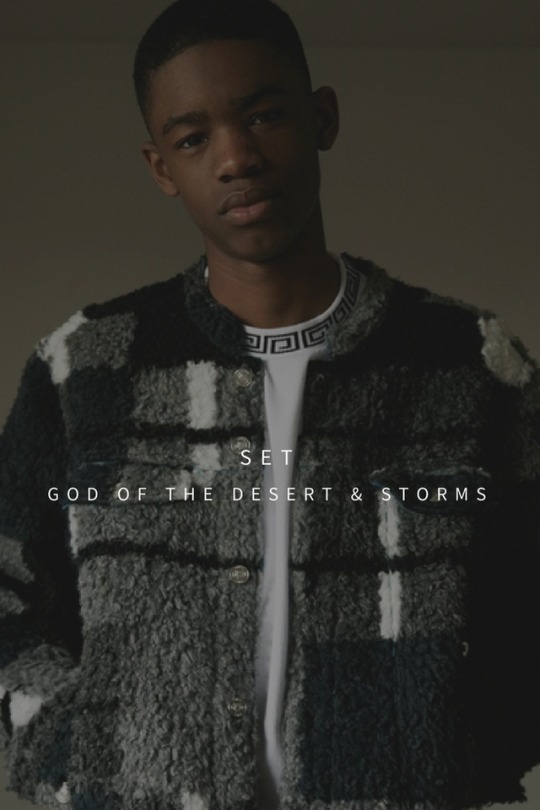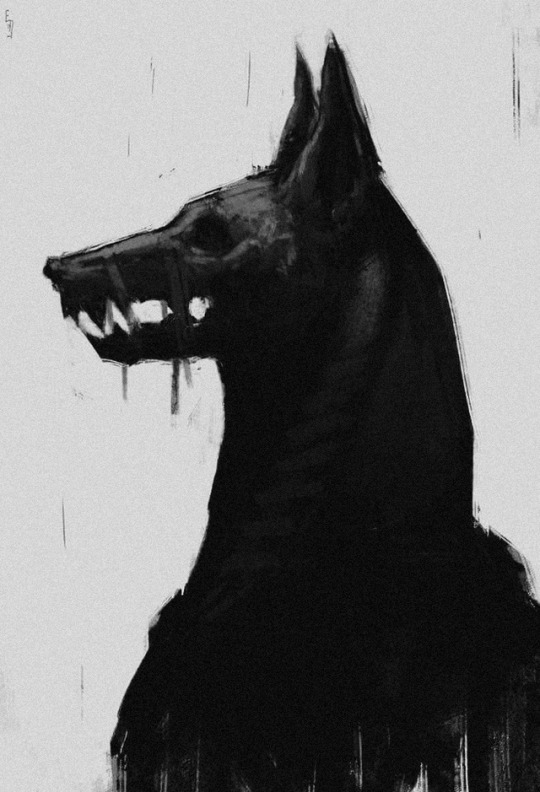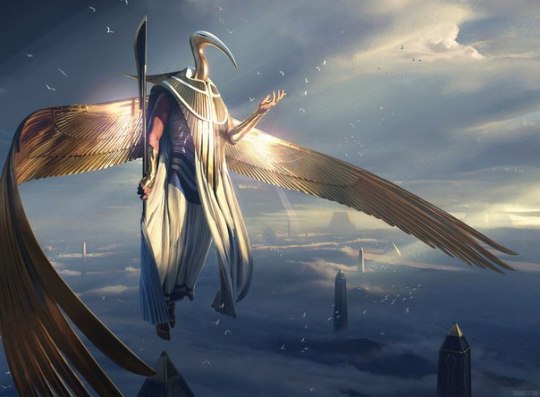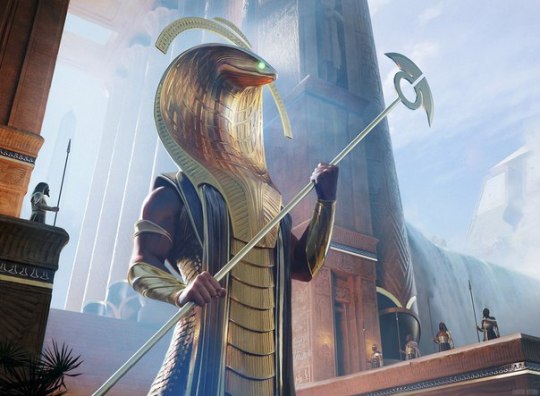Text
cats in ancient egypt
The Ancient Egyptians held cats in the highest esteem, the penalties for injuring or killing a cat were severe. They worshipped a Cat Goddess, often represented as half feline, half woman, whom they called Bastet. The main center for the worship of Bastet was in northern Egypt at the city of Bubastis. The festival honoring Bastet was described as one of the largest and most enthusiastically celebrated in all of Egypt by the visiting Greek historian Herodotus. Large catteries were maintained by the Temple priests and a vast cemetery of mummified cats has been excavated outside of Bubastis. Thousands of small cat sculptures, probably left with offerings to the Temple by devotees, have also been recovered at Bubastis.
Perhaps the earliest feline Egyptian goddess recorded was called Mafdet. and is described in the Pyramid Texts as killing a serpent with her claws. A representation of Mafdet (possibly translated as "runner") found on a stone vase in a tomb at Abydos (approx. 2800 BC) shows a large cat probably a cheetah or leopard. While the Egyptians had several other feline Goddesses, such as the lioness headed Sekhmet, only Bastet was represented by the domesticated cat.
While we may no longer worship our cats with the same religious fervor of the ancients, we do hold them in very high regard. The Goddess Bastet is still considered by many to be the protectress of felines (and those that care for them), a task that we have undertaken to assist her in.
0 notes
Photo
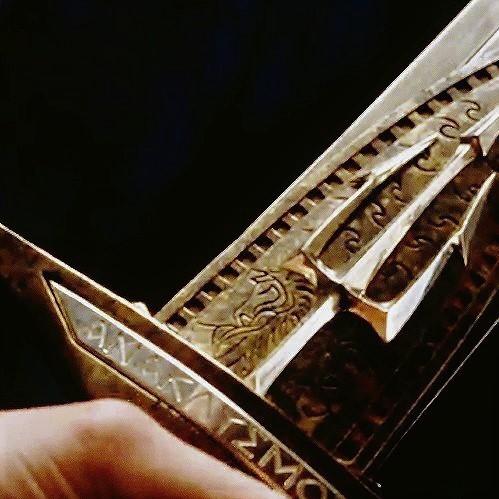
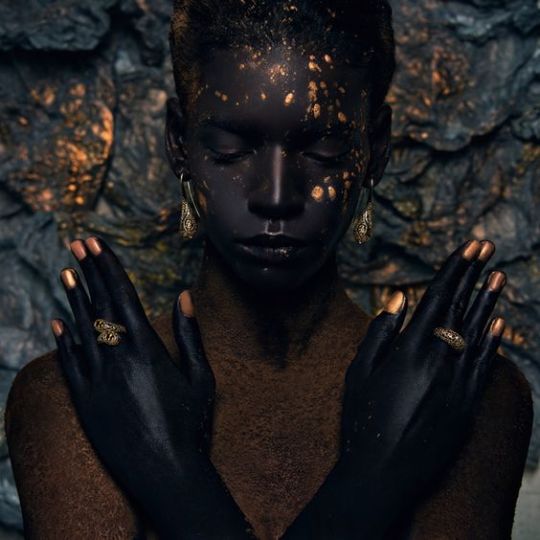

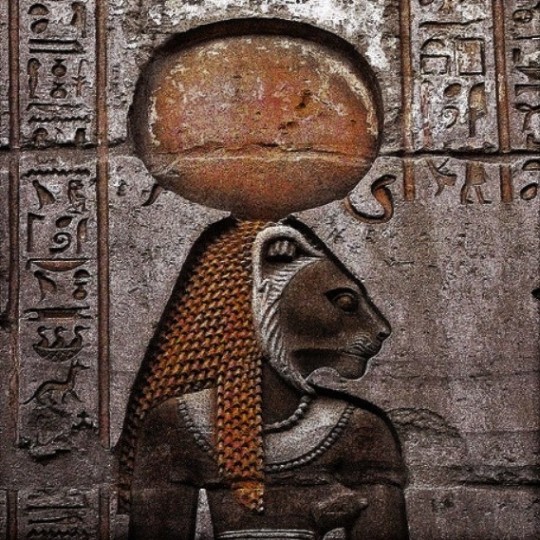
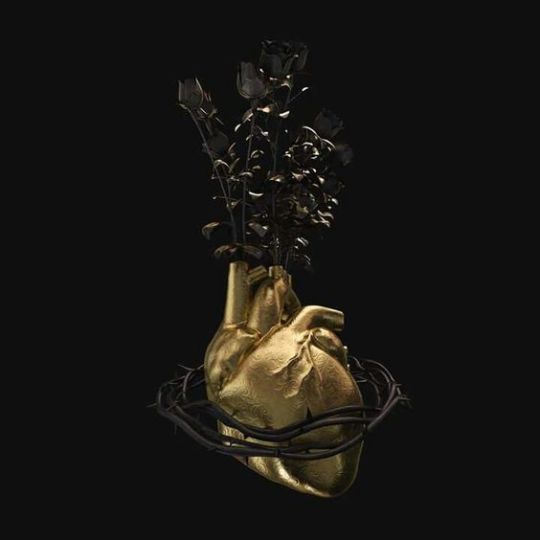
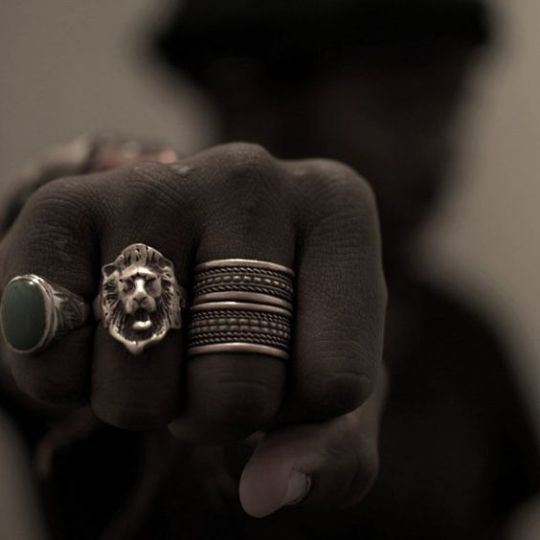



Egyptian Pantheon Aesthetic | Sekhmet
Goddess of war, healing, but also of all the diseases, she is depicted as a woman with a lioness head, the fiercest hunter known to the Egyptians. She is known as Ra’s daughter. It is said that her breath formed the desert. She is seen as the protector of the pharaohs who leads them in warfare. She is the patron of Physicians, and Healers and her priests became known as skilled doctors. Because of that, the deitie called the “Lady of Terror”, the “Lady of Pestilence” or the “Red Lady”, indicating her alignment with the desert, can also be known as the “Lady of Life”. She is mentioned a number of times in the spells of The Book of the Dead as both a creative and destructive force, but above all, she is the protector of Maat named “The One Who Loves Ma'at and Who Detests Evil”. She is worshipped as “the destroyer” alongside her consort Ptah, known as “the creator” and Nefertum, “the healer” in Memphis, her main cult centre.
2K notes
·
View notes
Photo

Head of Anubis, with a hinged jaw, used as an oracle mask. Anubis was the jackal-headed god of the dead, cemeteries and embalming in Egyptian mythology. New Kingdom, 19th Dynasty, ca.1292-1189 BC. Now in the Louvre.
1K notes
·
View notes
Photo
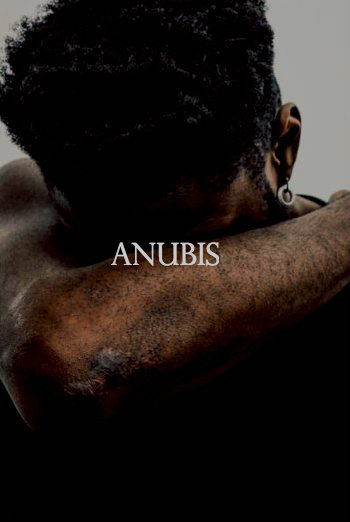
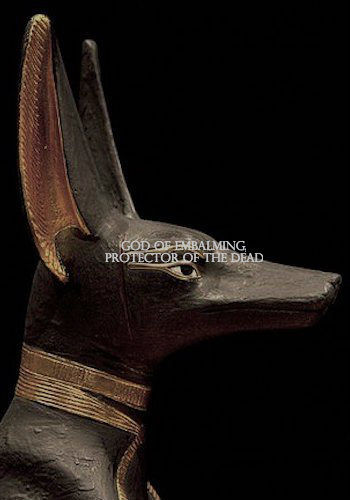

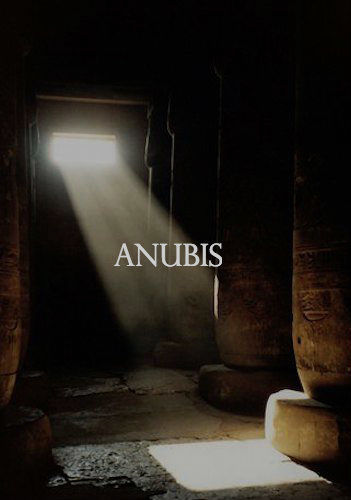
edits: deities of Egyptian myth (5/?)
Anubis was the god of embalming and a protector of the dead in Egyptian mythology, he also oversaw the weighing scale during the “Weighing of the Heart”, in which it was determined wether a soul would be allowed to enter the realm of the dead.
3K notes
·
View notes
Text
summons
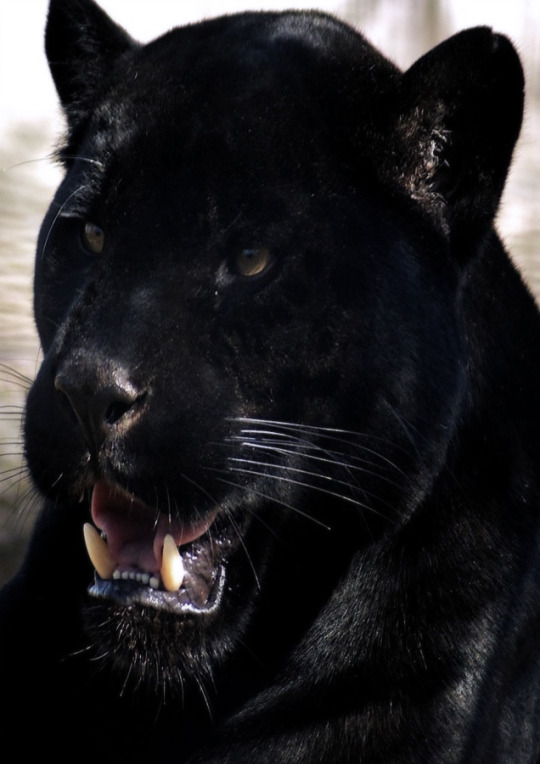
Har (black panther): The panther measures between 1.20 and 1.80 m in length, including the tail, as it is usually also about 1.20 m in height. For them to hunt efficiently they are endowed with large claws, much larger than their feline relatives, and also have very sharp teeth which guarantees the success of their attacks.
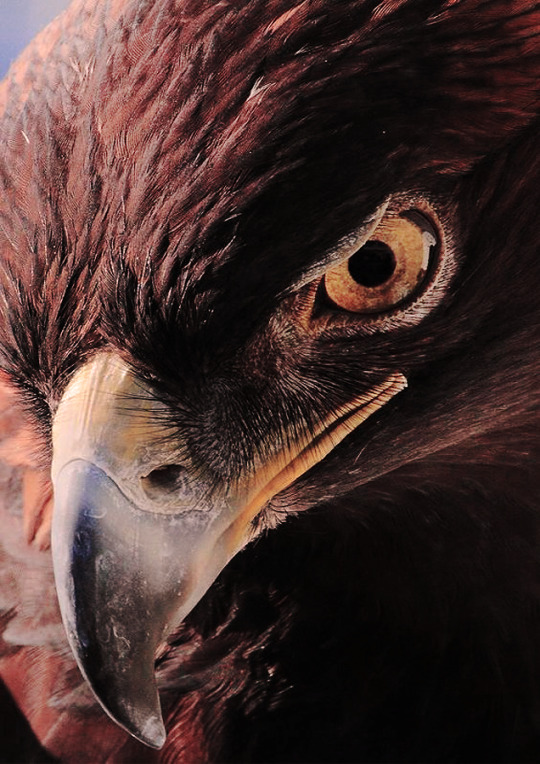

Acenath (royal eagle): Encontrado na América do Norte, Eurásia e no Norte da África, um Águia-real pode pesar até 7 kg e tem uma envergadura de 2 metros. Essas aves de rapina têm garras extremamente duras e um aperto tão forte capaz de quebrar o braço de um humano, ou perfurar seu crânio.
Serk (king cobra): The king snake is the largest venomous snake there is, and can reach 6 meters in length. Its scientific name, "Ophiophagus" literally means "serpent-eater." It moves at will on the ground, on top of the trees and in the water. It is easy to distinguish it from the related species, especially of the Indian naja, by its great bearing.
0 notes
Photo

In honor of mother’s day, a collage of women from Ancient Egypt
In order from left to right, Tuya - Unknown - Hatshepsut - Tiye - Nefertiti
2K notes
·
View notes
Photo

The Temple of Hatshepsut glows at sunset
Hatshepsut’s temple is one of the world’s most striking architectural masterpieces, but perhaps even more noteworthy is the woman who commissioned it.
Photograph by Kenneth Garrett, National Geographic Creative
43K notes
·
View notes
Text
The Astonishing Story of the First People to Circumnavigate Africa
The Phoenicians are the first known people to have sailed all the way around Africa. The Egyptian pharaoh Wehimbre Nekao, who ruled from 610 to 595 BCE, asked for Phoenician aid in circumnavigating Africa. This likely had something to do with Egypt’s defenses, which were threatened at the time by Babylon – who happened to be threatening the Phoenician heartland as well. Nekao was pretty lucky that the best sailors and navigators of the ancient world happened to share his enemy.
According to Herodotus, the voyage took two full years. Based on modern estimates, it may even have taken three years. The first stretch along the Red Sea, around the Horn of Africa, and down the eastern coast would have been easy sailing. Phoenicians were familiar with the Red Sea, often trading with Yemen for incense. And a combination of monsoon winds and easy currents made the eastern coast of Africa a quick journey.
After rounding the cape, in what is today South Africa, the Phoenicians are thought to have stopped and farmed for a bit. No ancient ship could carry enough supplies for two years. So they likely sowed their wheat in June, started to repair their ships, and harvested in November. Then they started up the western coast of Africa.
This was what took the bulk of the journey. A combination of unfavorable winds and changeable currents likely made the trip rather scary. Modern historians think the Phoenicians made a second stop and stayed a planting season at what is today the coast Mauretania. They had likely been traveling for two and a half years. Finally, after a second harvest and repairing their boats, they beat their way along the Moroccan coast and towards the Mediterranean.
The navigators would have quickly re-entered civilization as they knew it: the Phoenicians by this time had a town on Mogador Island, off central Morocco. From then on it was an easy trip along the southern Mediterranean, with plenty of hospitable ports for refueling and telling the astonished inhabitants their story.
715 notes
·
View notes





